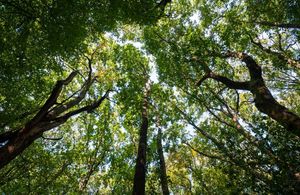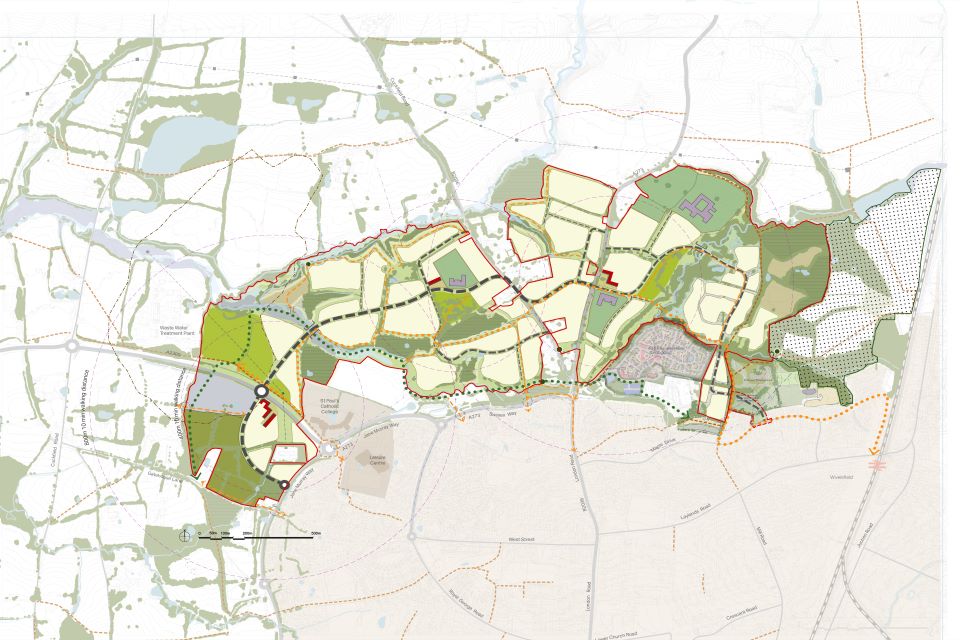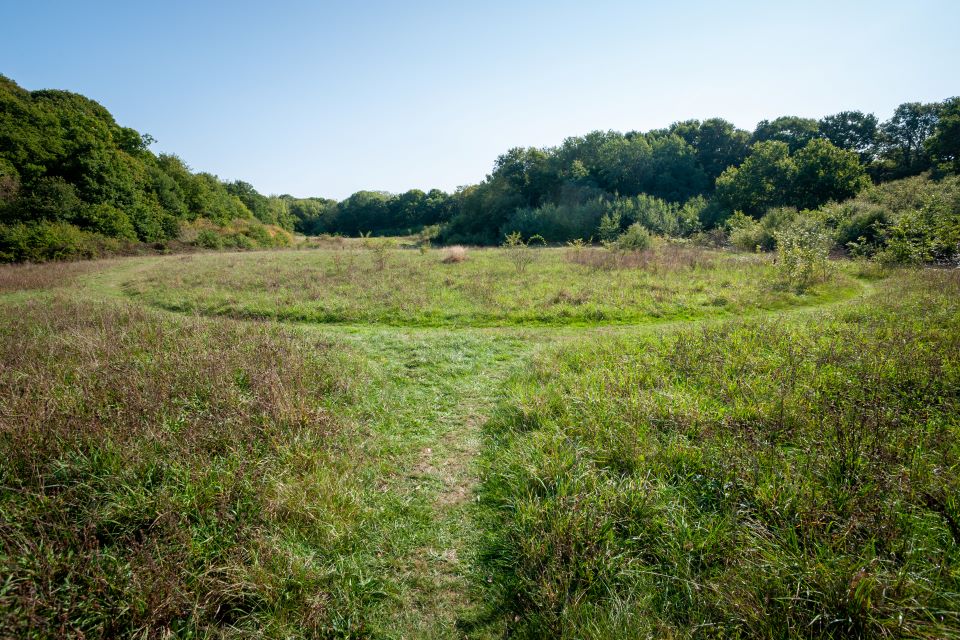Protecting and enhancing biodiversity at the Northern Arc, Burgess Hill
The Northern Arc scheme in Mid Sussex is a 200-hectare strategic 3,500 home development being delivered by Homes England in its master developer role in the South East of England.

The Northern Arc scheme in Mid Sussex is a 200-hectare strategic 3,500 home development being delivered by Homes England in its master developer role in the South East of England. It is set within a mature landscape of habitats including ancient woodland, mature trees, species-rich hedgerows, semi-improved grassland, watercourses and ponds. Protecting and enhancing this existing habitat is vital to ensure the Northern Arc has a long-term positive impact on local biodiversity and wildlife.
From the outset, all areas of ancient woodland habitat have been protected. Ancient woodland is an irreplaceable habitat that has existed since at least the start of the 17th Century. Special consideration has also been given to protecting species-rich hedgerows, a traditional feature of the Sussex agricultural landscape. This has led to approximately 10km of existing hedgerows being retained and incorporated into the design of the Northern Arc. Trees with the potential to be affected by the development have been considered through an Arboricultural Impact Assessment submitted alongside the planning application, which can be viewed in the Northern Arc project library on burgesshill.net.
When it comes to protecting trees, our partners Mid Sussex District Council and West Sussex County Council were closely consulted during the early design stage of the scheme. Satellite data, aerial imagery and data from DEFRA were used from the outset to highlight areas of woodland which should be protected. In addition, buffer zones were established around these highly valued ecological areas which cannot be built on, which include areas of Ancient Semi Natural Woodland. Key areas of importance have been surveyed by a qualified tree specialist to provide the most up to date and detailed information possible.

The information collected from the surveys were used to categorise all the trees within the development and nearby surrounding area. The trees are categorised by their quality, value and estimated remaining lifespan. The design of the Northern Arc was refined to protect as many higher value trees as possible. Buffer zones where development is restricted have been placed around the highest value trees. Protective measures such as exclusion zones have been put in place around retained trees to protect them from any construction works at the Northern Arc.
Where tree loss is unavoidable, such as our recent works to widen Isaacs Lane at the site of a new road junction, tree specialists have worked closely with ecology and landscape professionals and the Council to develop a tree planting plan to counterbalance the tree losses. The new trees will be planted to complement the existing species already present and to increase resilience, especially in respect of a changing climate and the threat of pests and disease. New broadleaved planting will be 80% native species, including species such as Alder, Holly, Aspen and Sweet Chestnut, whilst 20% will be non-native species, such as Sweet Gum, River Birch, Pin Oak and Common Walnut.
Through this planting plan, the Northern Arc will increase the long-term quality, diversity and resilience of the local tree population.

Because of the relatively small range of species on site at the moment, the existing trees are at risk of diseases such as Ash Dieback and Acute Oak Decline. The new woodland planting will create a varied woodland mosaic to provide a diverse range of habitat for biodiversity, as well as extending existing habitat corridors, boosting resilience to future climate change, pests and disease. The mixture of native and non-native species will provide a variety of colour, texture and seasonal interest to the area, and will help break up the development’s visual impact on the landscape. The planting will be visible throughout the Northern Arc, including its Western, Central and Eastern Neighbourhood Parks. As detailed designs for the Eastern Neighbourhood Park are created by developer partners in 2021, Homes England will share future updates.
Image Credit: Scott Ramsey.
